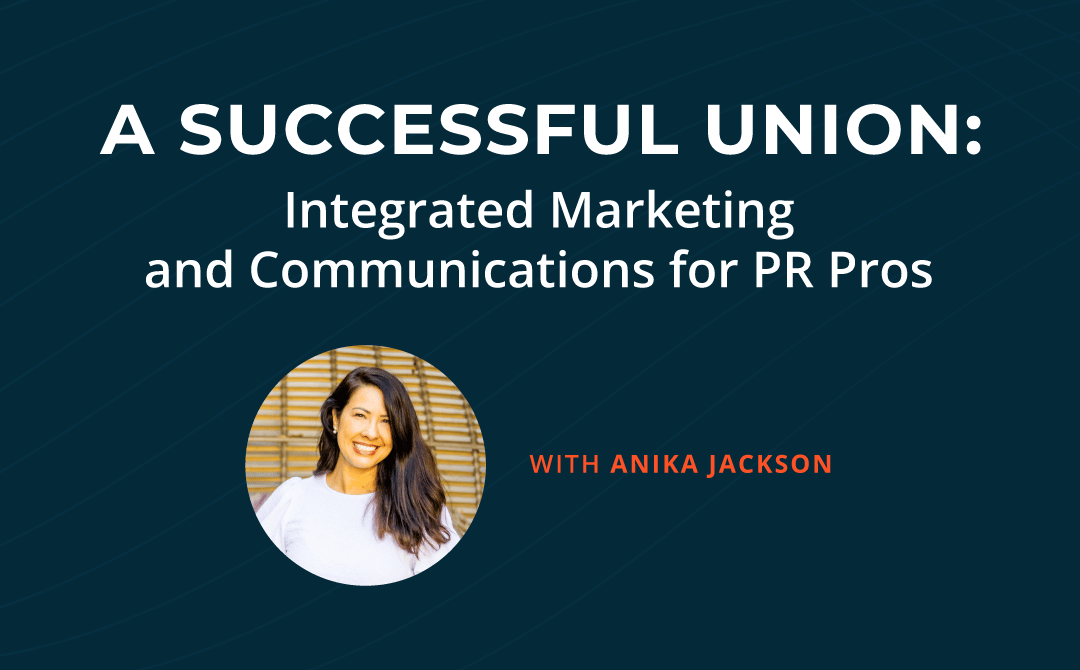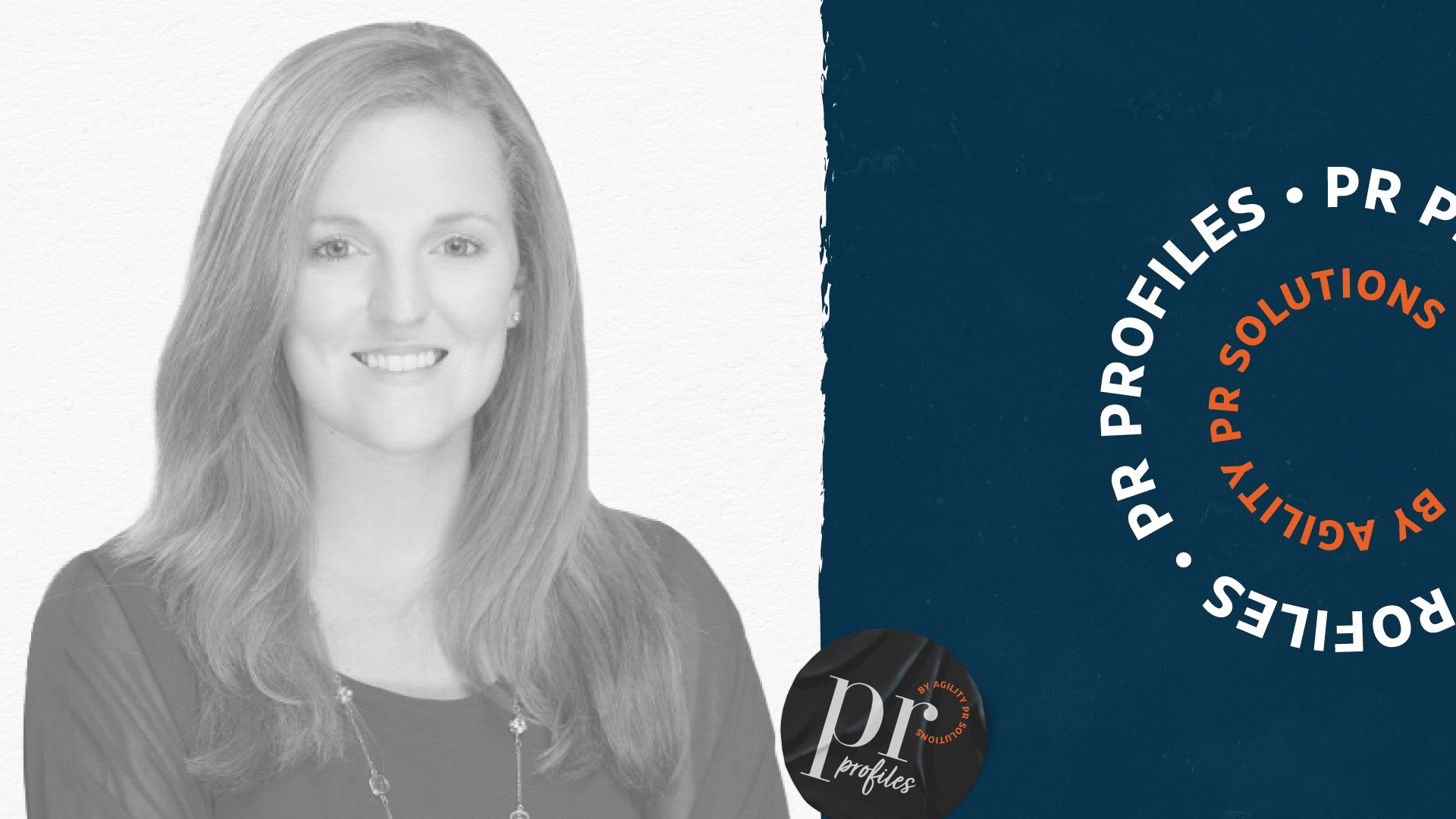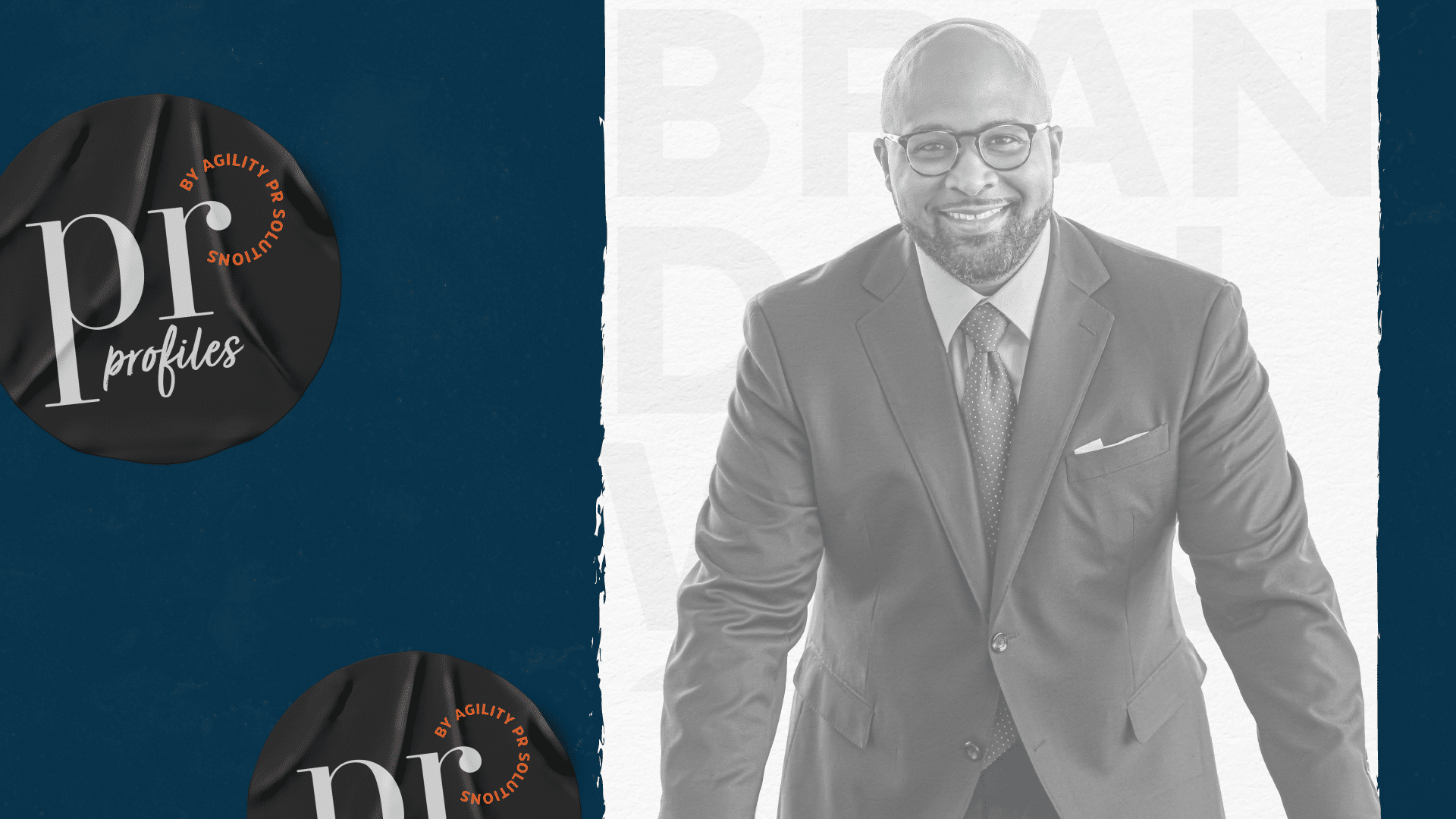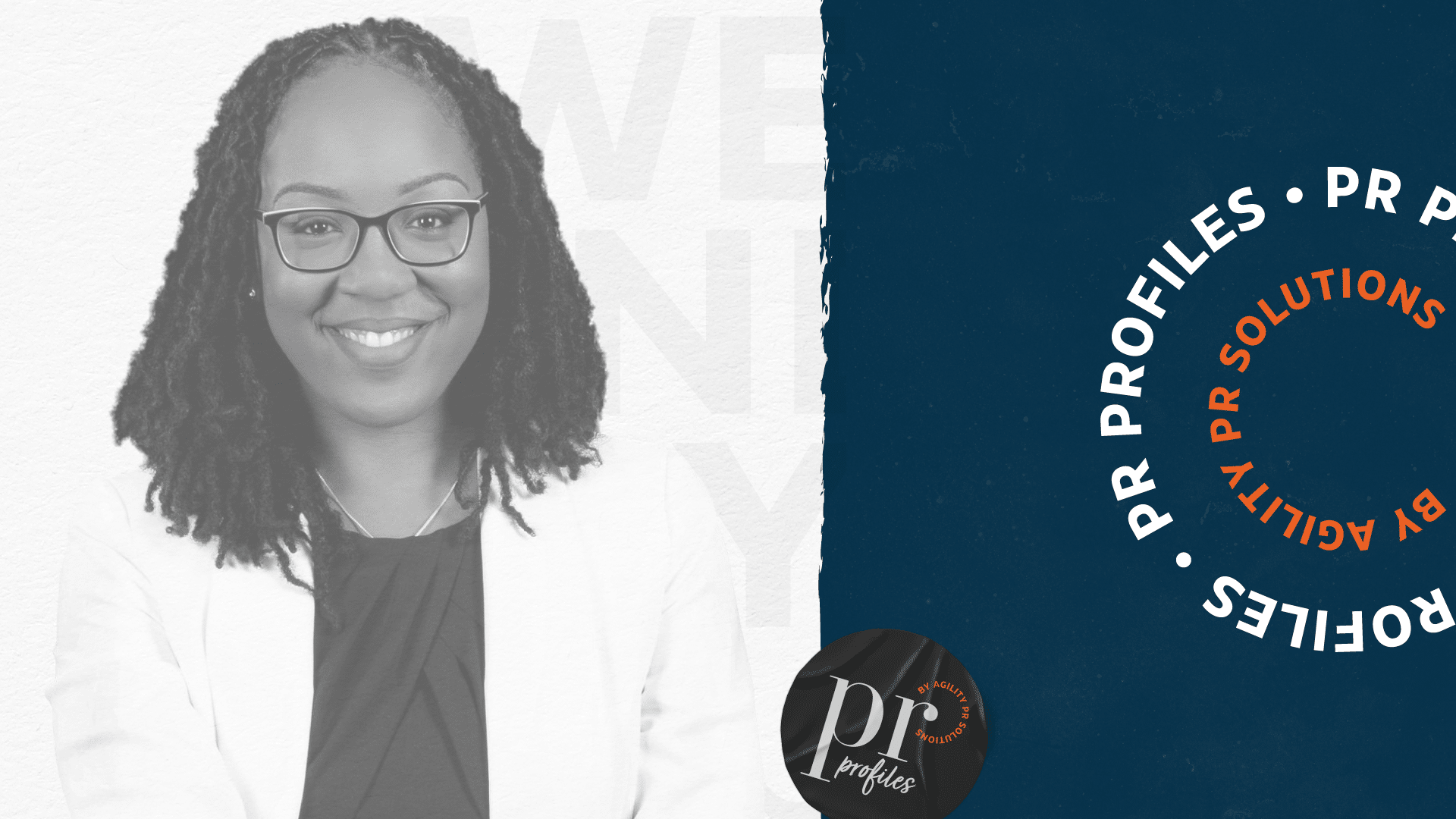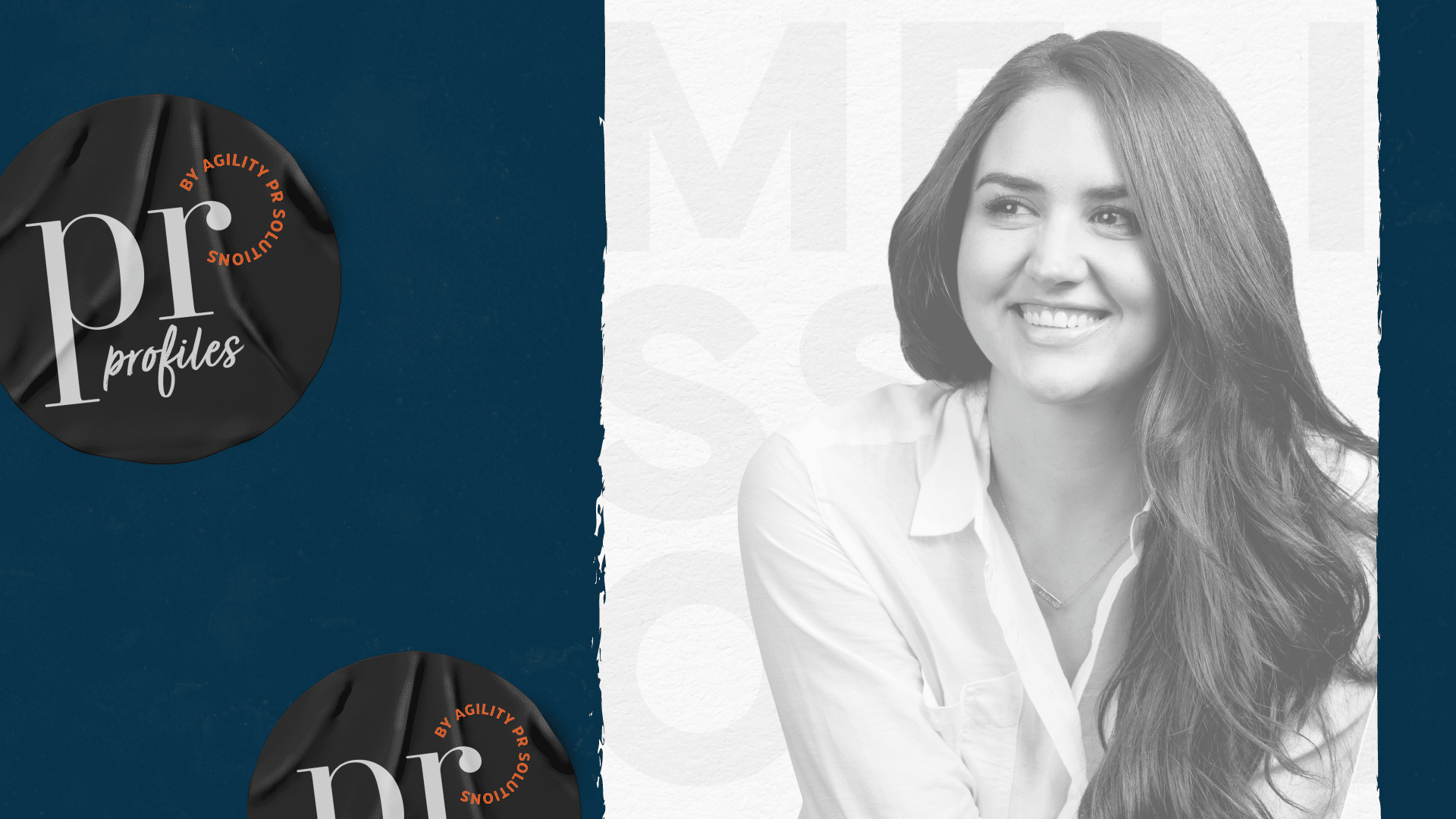Anika Jackson started out in marketing long before she got into public relations. “I don’t think I made the connection between the two because I worked with them in silos,” says Anika, in her intro to the August webinar for Agility, “A Successful Union: Integrated Marketing and Communications for PR Pros”. Anika knows firsthand why breaking down silos between PR, marketing, and advertising is essential for cohesive storytelling and achieving brand objectives.
“Many organizations are still set up very siloed,” says Anika in her presentation. “The departments work next to each other, but they don’t work together.” The result is an every person for themselves mentality, a poorly defined brand story, and a vision that isn’t shared.
Anika argues that “branding’s role in breaking silos is that it does create that collaboration over competition.” Departments are no longer just working alongside each other but are working together to help deliver one story.
Client onboarding: the first step in integrated marketing
When Anika started out in PR, her process looked like this: “I would onboard a client, use the materials they provided and hopefully help them achieve their goals. And then I pitch them to the media, maybe pivot what we’re pitching, try different angles, but honestly, that approach didn’t work.” And the reason it didn’t work? “I wasn’t thinking about the integrated marketing. I wasn’t thinking about their overall brand messaging. I wasn’t able to look at the big picture and I wasn’t achieving the ROI that I could have for those clients.”
Now Anika takes her clients through an organized two-part onboarding forum that begins with branding and ensures that integrated marketing is always top of mind. They start by asking for all their client’s marketing work, including any plans, a SWOT analysis, customer personas, and key messages. Even if a client can provide them with these items, Anika still conducts an in-depth branding and key messaging exercise. She says, “What we hear from them when we’re actually asking these questions might be different from what they put on paper. We might be able to pull out other key messages or get more clarity on their brand. And often in that process, the client gets more clarity as well.”
Part two of onboarding involves taking a deep dive into the client’s current marketing initiatives, social media, and media coverage to see what has resonated with journalists and audiences previously. “We do a second onboarding call and that’s where we share the findings of the different analyses. It shows that we’re really invested in who they are and who their brand is and how they’re setting themselves up intentionally.”
Three basics of integrated marketing
- Communicate often with other teams. Join meetings. Get on the same project management system and make sure you’re using it the same way. Communicate via Slack or other messaging platforms.
- Proactively create or work with a graphic designer or the client’s marketing team to create shareable content from earned media hits.
- If something isn’t working, talk about it with other teams and see what is working for those teams.
For Anika’s full presentation, including two case studies and even more takeaways, watch the webinar for free and on-demand.
About Anika
Anika is a mother, community volunteer, philanthropist, marketing and communications strategist, host of the Your Brand Amplified® podcast. As a marcom executive, she has done it all including experiential marketing/event production, launch marketing, public relations, digital, and influencer throughout her multiple decade career. Anika recently moved into a new role, Graduate Level Adjunct Professor, USC Annenberg School for Communication and Journalism, Public Relations and Branding coursework.


